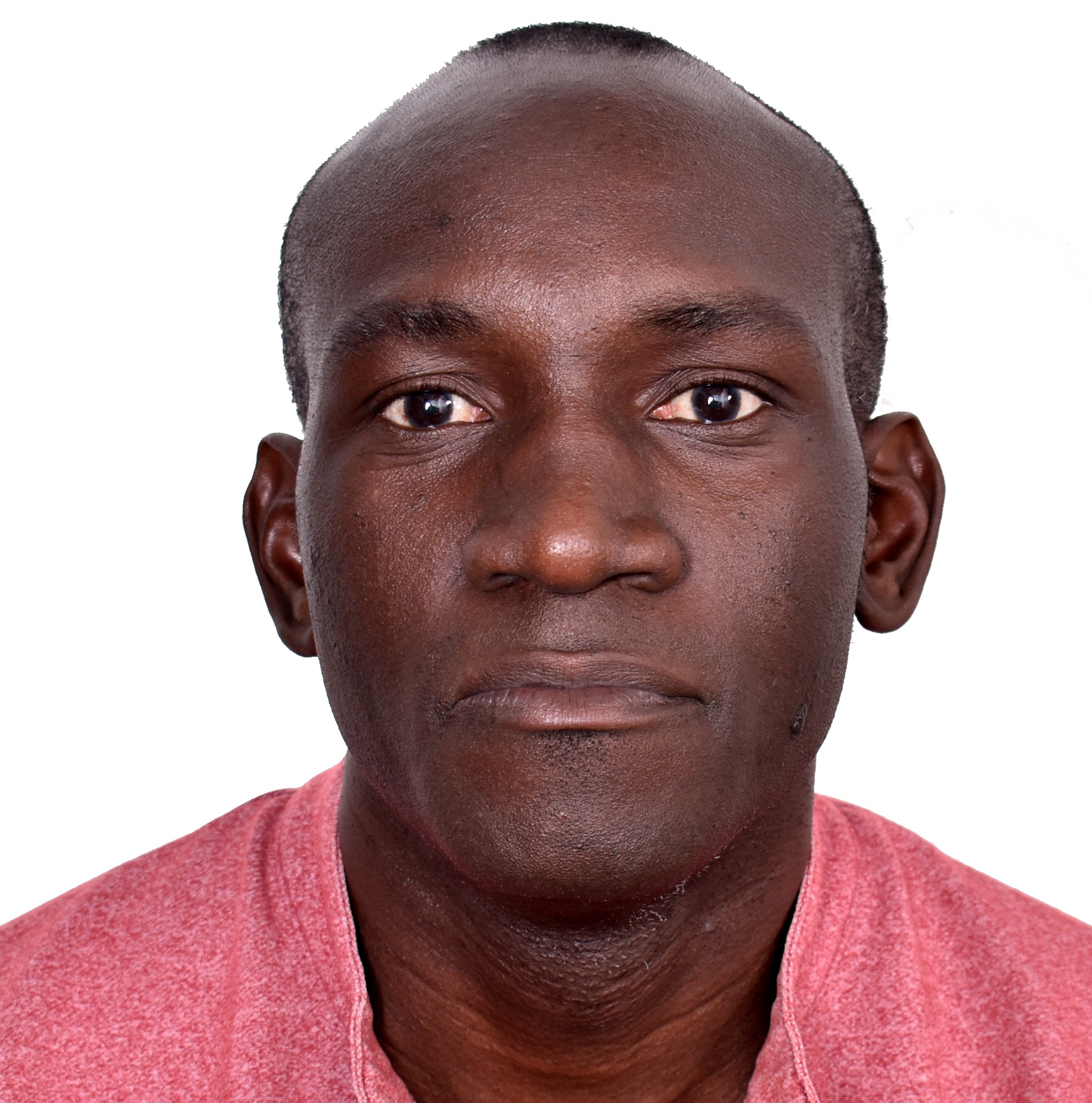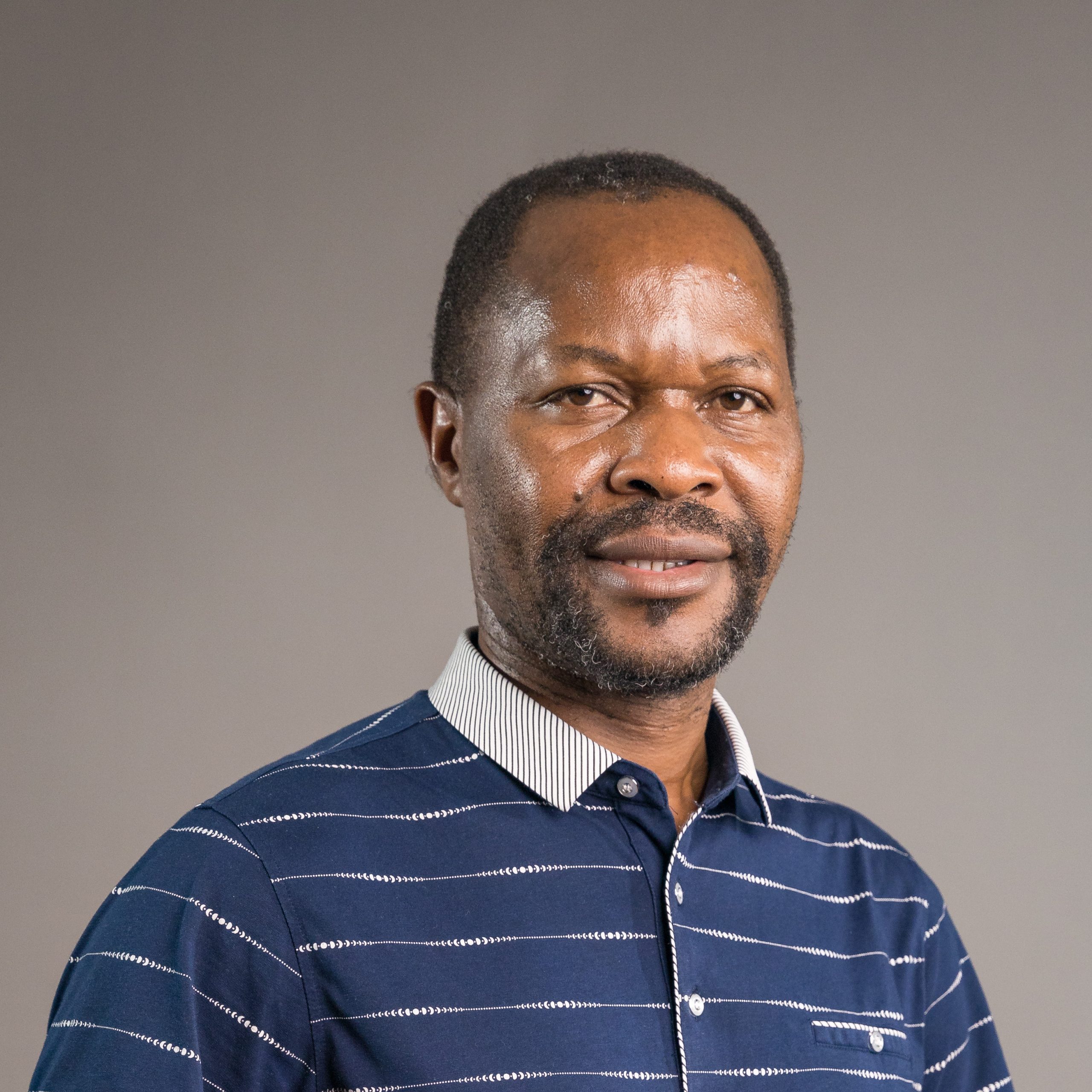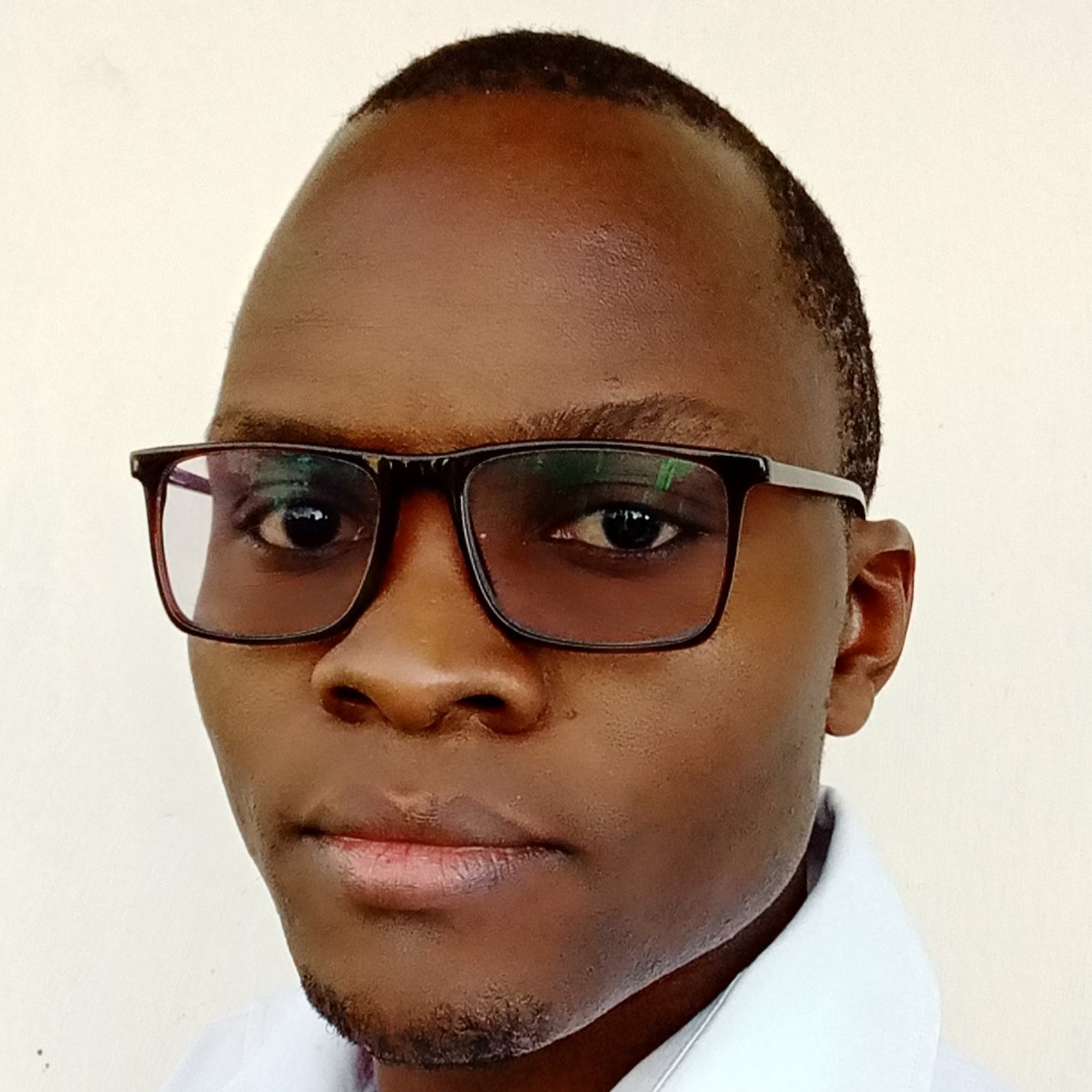CONTRIBUTORS

Jarim Elly Omogi Oduor
Project Coordinator

Hesborn Wao
Training Coordinator

PATRICK AMBOKA
Project Officer
“Sometimes I feel like ten people in one body.”
That is how a nurse in a dispensary in Narok describes her daily routine. Across rural health facilities in Kenya, health workers like her juggle multiple roles — nurse, lab technician, pharmacist, records officer, and even cleaner, often working from early morning to late evening to attend to patients and complete records. This is not an exaggeration but a lived reality.
A System Under Strain
Kenya’s rural and marginalized regions continue to face a critical shortage of Human Resources for Health (HRH), a challenge that threatens the country’s progress toward Universal Health Coverage (UHC). Despite hosting more than 65% of the national population, these areas remain critically underserved in terms of HRH. This maldistribution undermines both the accessibility and the quality of health services, leaving millions vulnerable to preventable illness and premature death.
The shortage is particularly concerning against the backdrop of Kenya’s rising burden of non-communicable diseases (NCDs) such as diabetes, cardiovascular diseases (CVDs), obesity, and metabolic dysfunction-associated steatotic liver disease (MASLD). According to the 2024 World Health Organization report, the prevalence of cardiometabolic diseases (CMDs) is rising faster in rural and underserved communities, where diagnosis, treatment, and follow-up are constrained by limited workforce capacity. CMDs encompass a cluster of related conditions, including metabolic disorders such as type 2 diabetes mellitus and obesity, alongside CVDs like heart attacks and strokes.
Research Efforts and Ongoing Work
In response, the African Population and Health Research Center (APHRC), with partners, launched the Partnership for Education of Health Professionals (PEP) in 2024, supported by the Novo Nordisk Foundation. A central component of the initiative was an operational study on the attraction and retention of HRH in rural and harsh geographies. Conducted in mid-2025 across nine counties, the study engaged doctors, nurses, clinical officers, laboratory technologists, and pharmaceutical technologists. Findings exposed persistent gaps in deployment, retention, and professional development.
When Care Hurts
For decades, health workers have viewed postings to remote regions as punitive. Many accept reluctantly, others resign or defy transfers, while some treat such assignments only as stepping-stones to better opportunities. Those who stay endure harsh conditions: extreme heat, seasonal floods, insecurity, inadequate facilities, unreliable electricity and water, poor transport, and lack of schools. Non-local staff often feel socially excluded, while local workers, though more likely to stay, face similar systemic challenges.
In places like Turkana, West Pokot, or Lamu, reaching patients often means walking 20–30 kilometers under the scorching sun or battling seasonal floods, which cut off villages for weeks. In West Pokot, a nurse recalled trekking uphill for three hours at night to deliver a baby in a hut: “We climbed in the dark with torches, through slippery paths after the rains. By the time we reached her, she was exhausted, and we had to deliver right there in her hut. Thankfully, both survived, but I still wonder what would have happened if we hadn’t made it in time.”
Human Resource Gaps and Professional Stagnation
Isolation from training and mentorship worsens attrition. Poor connectivity blocks online courses, and workshops are concentrated in Nairobi or county capitals. This leaves rural workers feeling professionally stagnant. A 27-year-old clinical officer in Kwale said, “I graduated full of energy, but after three years here, I feel stuck. I rarely attend workshops and have no mentor to guide me. Sometimes I feel like I’m practicing on my own island.”
Insecurity and Safety Risks
Counties such as Wajir and Narok, Lamu, and Turkana add insecurity to already strained working conditions. Banditry, terrorism, and intercommunal conflict put both staff and patients at risk. A clinician in Turkana shared: “After my colleague was shot by bandits last year, I have never felt truly safe. Every emergency call feels like it could be my last.”
Resilience Amid Adversity
Despite immense hardship, health workers in rural Kenya demonstrate extraordinary resilience. Their persistence ensures that vulnerable communities continue to access essential services. One nurse in Tana River recalled floods that cut off her facility for weeks: “We had no drugs, no way to handle emergencies, but I kept the clinic open because people kept coming. Even when I had nothing but advice, I could not close the door.”
This determination is the heartbeat of Kenya’s rural health system.
Fundamental Questions of Equity
These lived experiences in rural and harsh geographies force us to confront uncomfortable truths about Kenya’s health system. If the Constitution enshrines health as a basic human right under Article 43, then why do communities in remote regions continue to endure such stark inequities? For families in Narok, Turkana, West Pokot, Lamu, or Tana River, timely and affordable care is often a distant dream rather than a daily reality. Universal Health Coverage, while embraced as a national goal, remains aspirational for many, its promise diluted by systemic neglect and chronic underinvestment.
Call for Action
To strengthen equity in healthcare, Kenya must:
- Prioritize equitable deployment and retention of health workers in underserved areas.
- Invest in infrastructure—transport, security, housing, schools, and reliable facilities—to make postings dignified.
- Expand professional growth opportunities through mentorship, continuous training, and digital connectivity.
- Guarantee fair working conditions and adequate supplies so staff are not forced to serve empty-handed.
- Protect health workers’ safety and rights, recognizing their service as central to realizing the constitutional right to health.